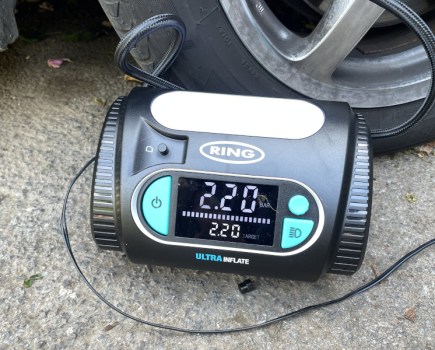The original introduction of the Historic Vehicle taxation class applied to all vehicles over 25 years old. This was then changed in the late ’Nineties by Gordon Brown, when he was chancellor of the exchequer; a fixed cut-off date of January 1, 1973, was introduced, much to the annoyance of many classic car enthusiasts.
The reintroduction of a rolling system (albeit at 40 years) was therefore welcomed last week, officially taking effect as of yesterday (April 1). Any car built prior to January 1, 1974, can now be re-categorised as a ‘tax-free’ Historic Vehicle. And on April 1, 2015, the same rule will apply to any vehicles built before January 1975… and so on.
What effect will this have on the values of older classics? Time will tell. Anybody previously buying a 1974-built car might have been tempted to pay slightly less than for a 1973 model, thanks to the fixed extra cost of up to £220 per year for VED. Now that the same 1974 car will, in just a year’s time, also be classed as a Historic Vehicle, there will perhaps be less likelihood of a price differential.
Meanwhile, if you’re looking to buy a classic vehicle this season, it’s worth considering an early version of any vehicle introduced in 1974. Buy one of the first examples (built before the start of 1975) and you can rest assured that you’ll only be paying for VED this year; next year it will be free of charge.
With that in mind, which cars make the best buys? Well, if you fancy quirkiness mixed with compact luxury, the Allegro-based Vanden Plas 1500 took a bow in 1974, and is nowadays something of a cult classic; you can pick up a tatty but MoT’d example for £1000 or so, with around £3000 buying an excellent, low-mileage car. And also from the British Leyland stable in 1974 was the new TC version of the long-lived Triumph 2500, effectively replacing the old 2.5 PI and bringing twin-carb reliability to the range; you’ll pick up a sturdy and MoT’d example for around £2000, while asking prices of £3500 aren’t unusual for superb, original cars.
The controversial range of 1975-model MGs was also launched in late 1974, which means the very earliest versions of the ‘rubber-bumper’ Midget, MGB and MGB GT will be tax-free from next April. Prices vary widely according to condition, originality, mileage and history, though around £2500 can secure a smart GT, with the roadster achieving £3000-5000 in similar condition. Meanwhile, the Midget 1500 can be had for anything from £2000 for an MoT’d but cosmetically rough example, through to £4000-plus for an original car with a decent history.
Arriving at roughly the same time as the MGs was the Midget’s in-house rival, the Triumph Spitfire 1500, a car that nowadays often commands slightly higher prices. Expect to pay up to £5000 for a superb early example, or £2000 or so for an MoT’d runner.
Citroën also had a big year in 1974, with the UK reintroduction of the evergreen 2CV and the launch of the futuristic CX in September that year. Early deliveries were restricted solely to the CX2000, with the CX2200 coming on stream by the end of 1975. These days any early CX in excellent order is a sought after machine, and £4000-5000 is probably a realistic price for a super example. Those brave enough to take on a restoration project, meanwhile, might find one for less than £1500.
Finally, the MkII version of the Ford Capri also took a bow in 1974, going on to enjoy a four-year career. As before, a wide range of engines was available (1.3- to 3.0-litre), with the V6 flagship inevitably being the most desirable. Pick up an MoT’d 1300 or 1600 for a couple of thousand pounds these days or pay £3000-4000 for an immaculate looking 3.0-litre – and have a lot of fun in the process!
WHAT DO YOU THINK?
Which ‘tax-free’ classic do you rate most highly? Share your views and experiences below/




